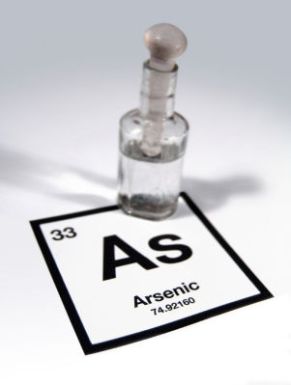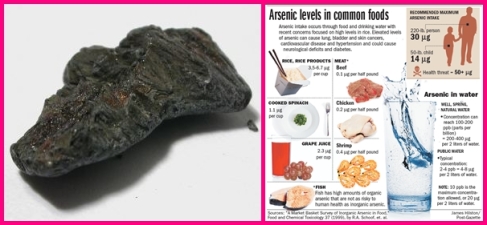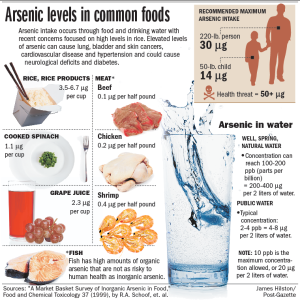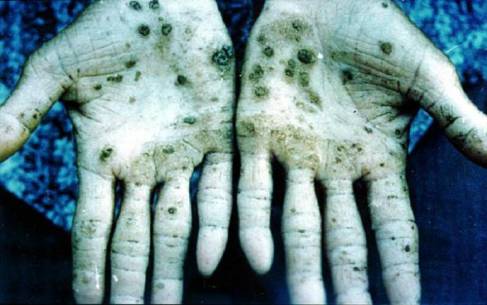Brown adipose tissue (BAT) is known for its capacity to generate heat in response to cold or diet to maintain thermal balance. The regulated production of heat is called adaptive thermogenesis. BAT is the main tissue for this adaptive thermogenesis in rodents and most likely in human infants.
Cold-stimulated adaptive thermogenesis in brown adipose tissue (BAT) to increase energy expenditure is suggested as a possible therapeutic target for the treatment of obesity. Scientist have recently shown high prevalence of BAT in adult humans, which was inversely related to body mass index (BMI) and body fat percentage (BF%), suggesting that obesity is associated with lower BAT activity.
(http://themedicalbiochemistrypage.org/images/brownfatheat.jpg)
(http://www.nature.com/nature/journal/v458/n7240/images/458839a-f1.2.jpg)
Brown adipose tissue (BAT) is known to function in the dissipation of chemical energy in response to cold or excess feeding, and also has the capacity to modulate energy balance. To test the hypothesis that BAT is fundamental to the regulation of glucose homeostasis, highly qualified scientist transplanted BAT from male donor mice into the visceral cavity of age- and sex-matched recipient mice. By 8–12 weeks following transplantation, the recipient mice had improved glucose tolerance, increased insulin sensitivity, lower body weight, decreased fat mass, and a complete reversal of high-fat diet–induced insulin resistance. Increasing the quantity of BAT transplanted into recipient mice further improved the metabolic effects of transplantation. BAT transplantation increased insulin-stimulated glucose uptake in vivo into endogenous BAT, white adipose tissue (WAT), and heart muscle but, surprisingly, not skeletal muscle. The improved metabolic profile was lost when the BAT used for transplantation was obtained from IL6–knockout mice, demonstrating that BAT-derived IL-6 is required for the profound effects of BAT transplantation on glucose homeostasis and insulin sensitivity. These findings reveal a previously under-appreciated role for BAT in glucose metabolism.
A MicroPET Study Of Brown Adipose Tissue
Imaging(from left to right):control,obesity,and treatment group
(http://www.wmicmeeting.org/2010/Abstracts/forSystemUse/papers/images/0125_A.jpg)
REFERENCES
http://www.jci.org/articles/view/62308
RESEARCH ARTICLE











